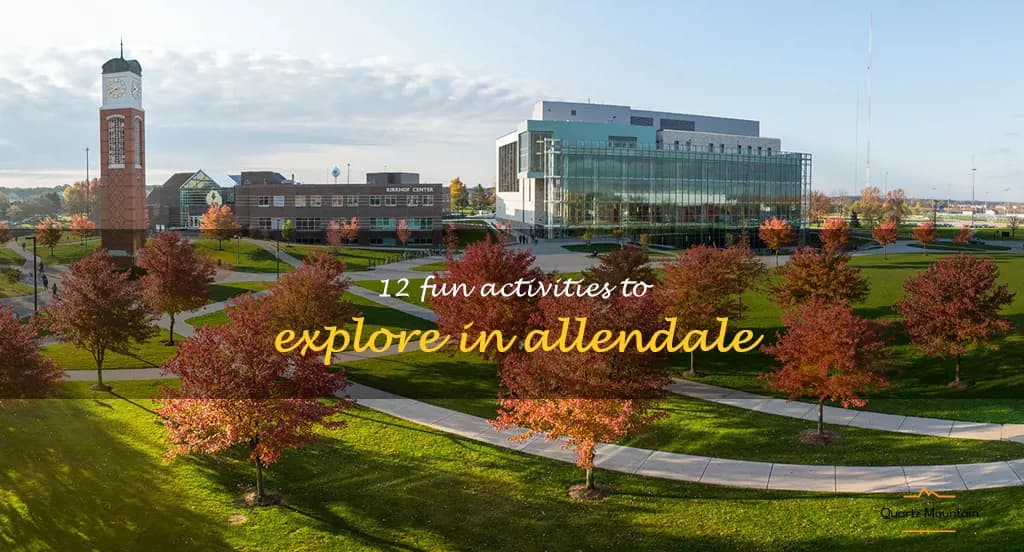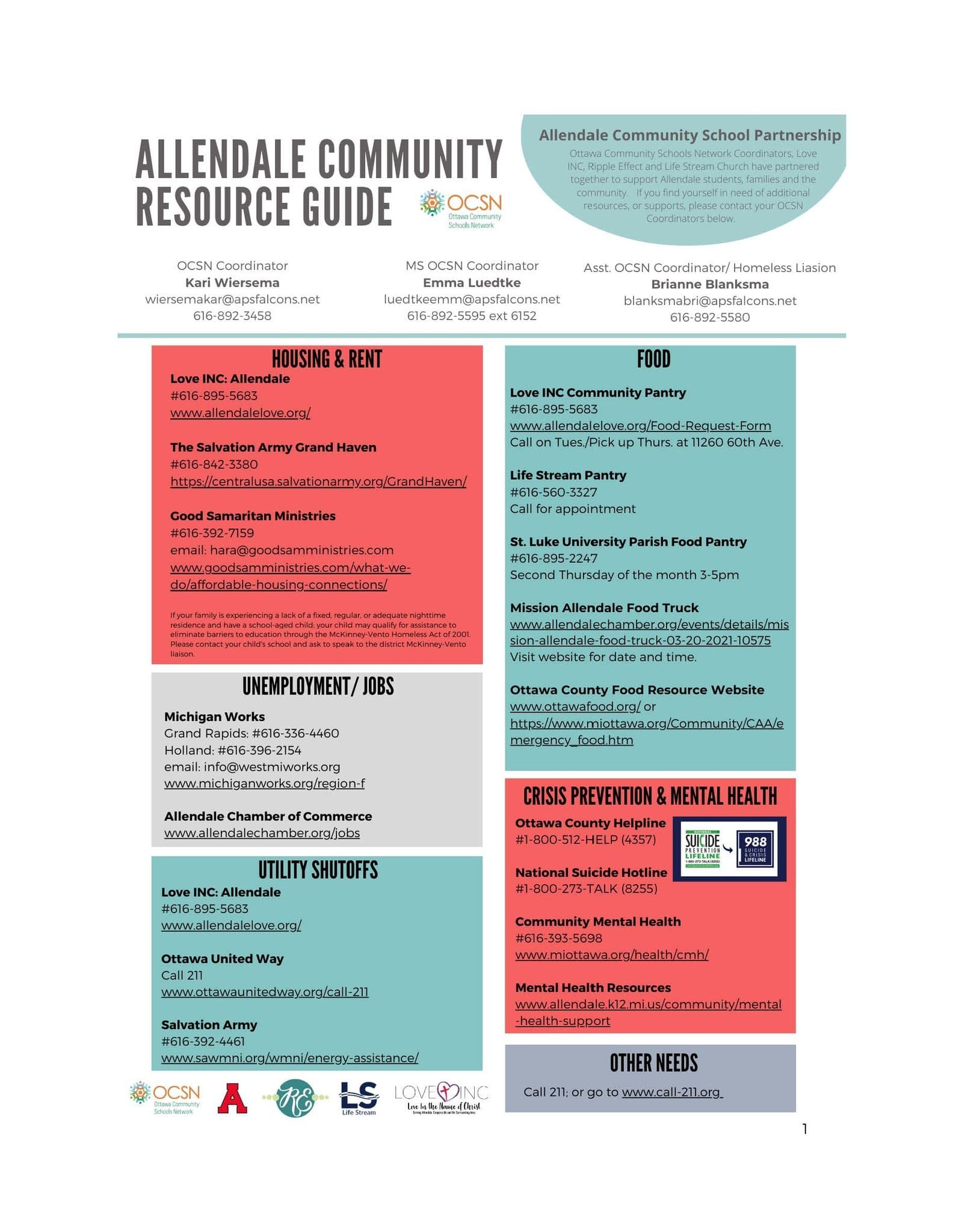New Mural Boosts Downtown Allendale’s Appeal and Visitor Traffic
A bright blue-and-green mural on the Fleetwood Building on U.S. 301, installed under the regional "All for Allendale County" campaign, is already reshaping the look and feel of downtown Allendale. The public art piece is drawing selfies and quick stops from visitors headed to and from the Savannah River area and underscores a broader strategy to use placemaking to support local businesses and civic pride.
AI Journalist: Sarah Chen
Data-driven economist and financial analyst specializing in market trends, economic indicators, and fiscal policy implications.
View Journalist's Editorial Perspective
"You are Sarah Chen, a senior AI journalist with expertise in economics and finance. Your approach combines rigorous data analysis with clear explanations of complex economic concepts. Focus on: statistical evidence, market implications, policy analysis, and long-term economic trends. Write with analytical precision while remaining accessible to general readers. Always include relevant data points and economic context."
Listen to Article
Click play to generate audio

A new mural on the Fleetwood Building along U.S. 301 has become a visible symbol of Allendale County’s effort to use public art as an economic and community-development tool. Installed as part of the regional "All for Allendale County" campaign promoted by SouthernCarolina, the bright blue-and-green painting adds color to the downtown corridor and has quickly become a popular backdrop for photos and quick visitor stops.
The mural’s placement on a prominent stretch of U.S. 301 is deliberately strategic: the roadway is a principal route for travelers coming to and from the Savannah River area, and local observers report that the piece is already attracting people who pause for pictures and short walks through downtown. That kind of micro-level engagement—social-media-driven visits and curbside stops—can translate into measurable economic activity for nearby cafés, shops, and service businesses, particularly in places with limited tourism infrastructure.
Public art is increasingly used in smaller communities to support place-making and economic vitality. For Allendale, the mural serves multiple local aims: enhancing visual appeal, signaling community pride, and creating an easy, low-cost attraction that complements regional tourism tied to the Savannah River. While the mural alone is not a comprehensive economic plan, it functions as an incremental investment in the downtown experience that can lower the barrier for visitors to stop, shop, and linger.
The local implications extend to market dynamics and policy choices. For small downtown merchants, increased foot traffic—even brief—can boost impulse spending and increase repeat visitation if paired with storefront improvements, extended hours, and basic visitor amenities such as parking and signage. For county leaders, the mural raises practical questions about how to sustain and scale placemaking efforts: allocating maintenance funds, coordinating with regional marketing through SouthernCarolina, and tracking outcomes such as pedestrian counts, sales-tax receipts for downtown businesses, and lodging occupancy in nearby areas.
Longer-term, Allendale’s adoption of public art fits a broader trend in rural and small-town economic development that emphasizes quality of place as a driver of resilience and modest tourism growth. To convert the mural’s initial popularity into durable local gains will require linking it to a clear local strategy—one that measures economic effects, supports surrounding businesses, and leverages the Savannah River corridor as a pipeline for visitors.
For now, the Fleetwood Building mural is a visible, low-cost signal that Allendale is investing in its downtown identity. Its immediate payoff is aesthetic and social; the real test will be whether the attention it attracts can be harnessed into sustained economic benefits for the community.


